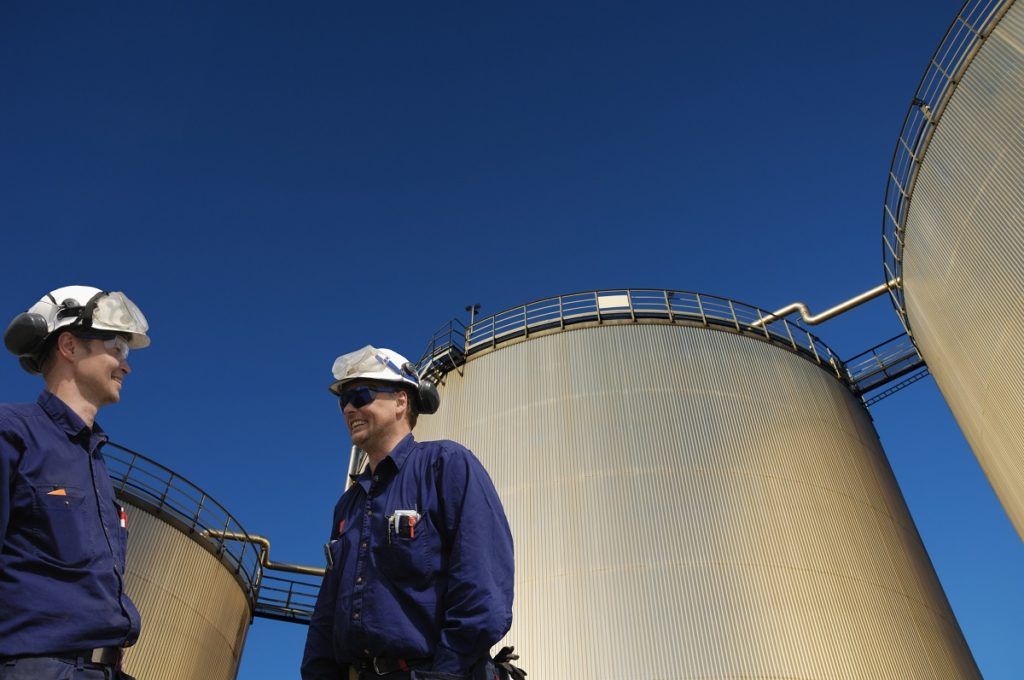The oil and gas industry explores, extracts, transports, refines, and markets petroleum and its various products. It is responsible for supplying the world’s need for petroleum fuel.
According to the American Petroleum Institute, there are five sectors involved in the petroleum industry: upstream, downstream, midstream, marine, and service and supply. Only three of its sectors are widely known, which are the upstream, midstream, and downstream sectors.
What functions do these sectors serve?
The Key Sectors in the Petroleum Industry
You can harvest petroleum through two forms: liquid and vapor. The harvesting process for this involves the three key sectors of the industry: upstream, midstream, and downstream.
-
Upstream
The upstream sector manages the discovery and gathering of both crude oil and natural gas. It covers exploration, development, and production of crude oil or natural gas. Under this sector, companies search for potential underground or underwater oil and gas fields. They drill exploratory wells to test for raw materials.
Once their search bears fruit, they’ll operate these wells and bring the harvested crude oil or natural gas to the surface for processing. The National Oil Companies (NOC) controls the rights to these oil reserves. Major oil companies that belong to the NOC share rights over the oil reserves.
Additionally, this sector of the petroleum industry is one of the most profitable. It attracts a huge number of investors globally. It is also associated with the most lucrative merger, acquisition, and divestiture deals.
-
Midstream
The midstream sector covers the transportation, storage, and wholesale marketing of crude and refined petroleum products. As a key sector in the industry, it manages the processing and transportation of petroleum.
Companies in the midstream energy sector transport petroleum through oil tankers, barges, pipelines, trucks, or through railways. These modes of transportation arrive at refineries, where the downstream process for petroleum begins.
Service providers involved under this sector are barge companies, railroad companies, transloading companies, logistics and technology companies, pipeline transport companies, and trucking and hauling companies.
Because this sector is in between two other sectors, it can adapt and comprise of elements from both the upstream and downstream sectors. This includes processes within purifying plants where natural gas passes through before arriving at the refinery.
-
Downstream

The downstream sector covers everything from refining petroleum to selling and marketing it. This sector refines, purifies, processes, markets, and distributes the finished product of raw petroleum. It is the final process in the refining journey of petroleum.
Some of the crude oil and natural gas products developed from the raw materials are lubricants, petrol, diesel oil, gasoline, jet fuel, heating oil, waxes, asphalt, and different petrochemicals as by-products.
It is also at this stage where oil companies get the bulk of their profits. The companies under this sector are oil refineries, retail outlets, natural gas distribution companies, and petrochemical plants.
These are the three key sectors in the petroleum industry. Each has a different role to play. And no one is more important than the other because without one sector, the raw material would not be discovered. It would not be processed. It would not be distributed to the public.

